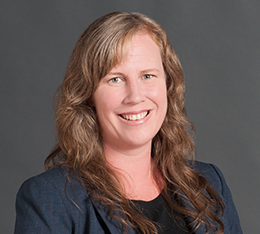California has made great strides toward closing the health insurance coverage gap under the Affordable Care Act (ACA). In 2014, the state reduced the share of the population that was uninsured by 5 percentage points, or about 2 million people. Early evidence suggests the state made additional gains in 2015, but more than 3 million California residents continue to lack health insurance and many are eligible for free or subsidized coverage. Reaching them may have benefits beyond meeting the state’s health coverage goals, including the potential to improve public safety and public health.
The characteristics of the remaining uninsured are striking. Younger men (those under age 45) make up less than one-fifth of California’s adult population but represent more than one-third of the uninsured. When we examine other characteristics of Californians who continue to lack coverage, we find the highest uninsured rates among those facing high levels of disadvantage. Uninsured rates among adults with low levels of income, education, or employment are above 30 percent. And when we focus more closely on young men with high levels of disadvantage, uninsured rates are well above 50 percent.
 Because highly disadvantaged young men are detached from educational and labor market institutions, they are likely to be among the hardest to reach through traditional sites of enrollment. They are also disproportionately represented among people who are arrested and incarcerated in county jails and state prisons.
Because highly disadvantaged young men are detached from educational and labor market institutions, they are likely to be among the hardest to reach through traditional sites of enrollment. They are also disproportionately represented among people who are arrested and incarcerated in county jails and state prisons.
In our study of a subset of California counties, we find that more than three-fourths of individuals booked into jail are men under age 45. Within the counties under study, nearly half a million individuals flowed through the jail system in 2014. Given the substantial overlap in the characteristics of the uninsured and the characteristics of individuals who have contact with the criminal justice system, county jails may provide an opportunity to target a share of the remaining uninsured.
Enrolling county correctional populations in health coverage may also support efforts to improve reentry outcomes under Public Safety Realignment by reducing the likelihood of recidivism. Specifically, chemical dependency treatment and outpatient mental health programs have been associated with reductions in repeat arrests and fewer total arrests.
Many county jail systems are engaged in some form of enrollment assistance. However, approaches and resources vary across the state. Counties may take a “front door” approach, offering enrollment screening to the large group of individuals being booked into jail. Or they may take a “back door” approach, offering enrollment assistance to a much smaller group of individuals nearing the end of their sentences, as part of reentry planning. When resources are limited—and they almost certainly are—counties face trade-offs between providing some form of assistance to a large population and providing in-depth assistance to a smaller group.
This variation across counties creates an opportunity to identify best practices in providing enrollment assistance. Further, we can help counties that successfully enroll a substantial share of their correctional populations to evaluate the effects of enrollment on recidivism. This kind of research can inform efforts to make the most cost-effective use of criminal justice resources.
Chart Source: American Community Survey, Public Use Microdata Sample, 2014.
Chart Note: Insurance coverage is measured at the time of the survey. Results shown are for all California adults ages 18–64. Income levels are presented as poverty rates based on federal poverty level (FPL) thresholds related to income eligibility cutoffs for health insurance coverage programs including Medi-Cal (under 138% FPL), premium and copayment subsidies available for coverage purchased through Covered California (138%–250% FPL), and premium subsidies only for coverage purchased through Covered California (250%–400% FPL).



